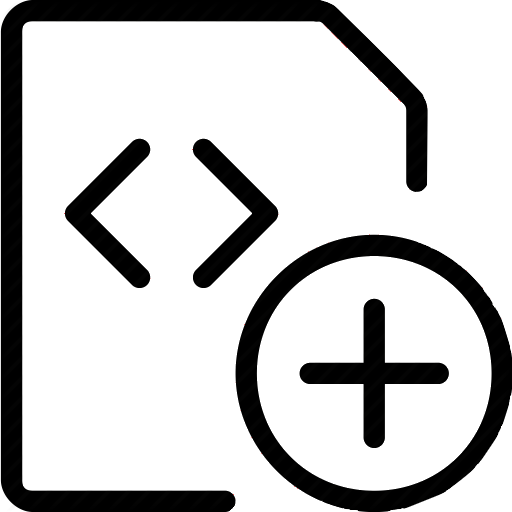
In this thesis, we present a statistical language model for resolving speech repairs, intonational boundaries and discourse markers. Rather than finding the best word interpretation for an acoustic signal, we redefine the speech recognition problem to so that it also identifies the POS tags, discourse markers, speech repairs and intonational phrase endings (a major cue in determining utterance units). Adding these extra elements to the speech recognition problem actually allows it to better predict the words involved, since we are able to make use of the predictions of boundary tones, discourse markers and speech repairs to better account for what word will occur next. Furthermore, we can take advantage of acoustic information, such as silence information, which tends to co-occur with speech repairs and intonational phrase endings, that current language models can only regard as noise in the acoustic signal. The output of this language model is a much fuller account of the speaker's turn, with part-of-speech assigned to each word, intonation phrase endings and discourse markers identified, and speech repairs detected and corrected. In fact, the identification of the intonational phrase endings, discourse markers, and resolution of the speech repairs allows the speech recognizer to model the speaker's utterances, rather than simply the words involved, and thus it can return a more meaningful analysis of the speaker's turn for later processing.